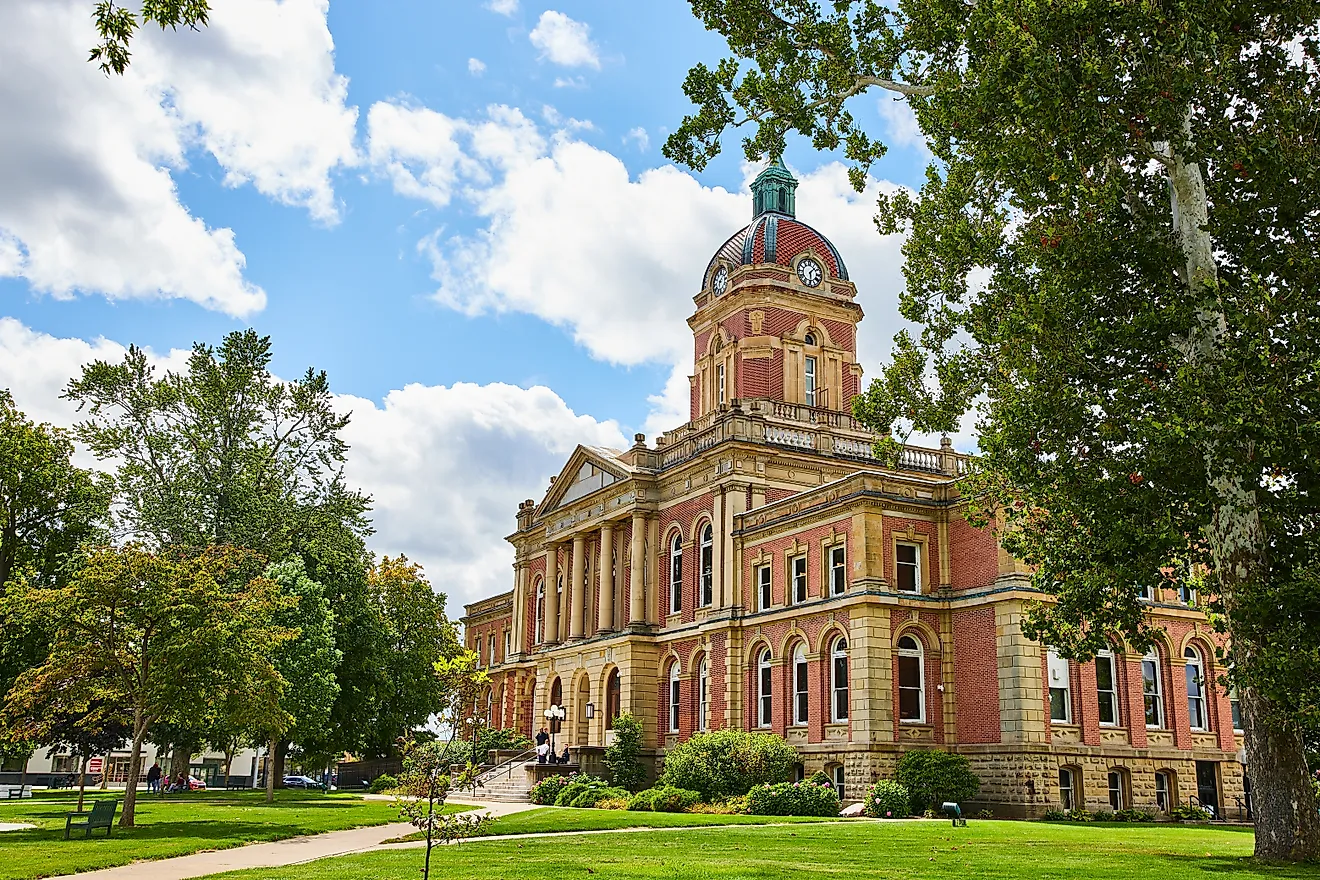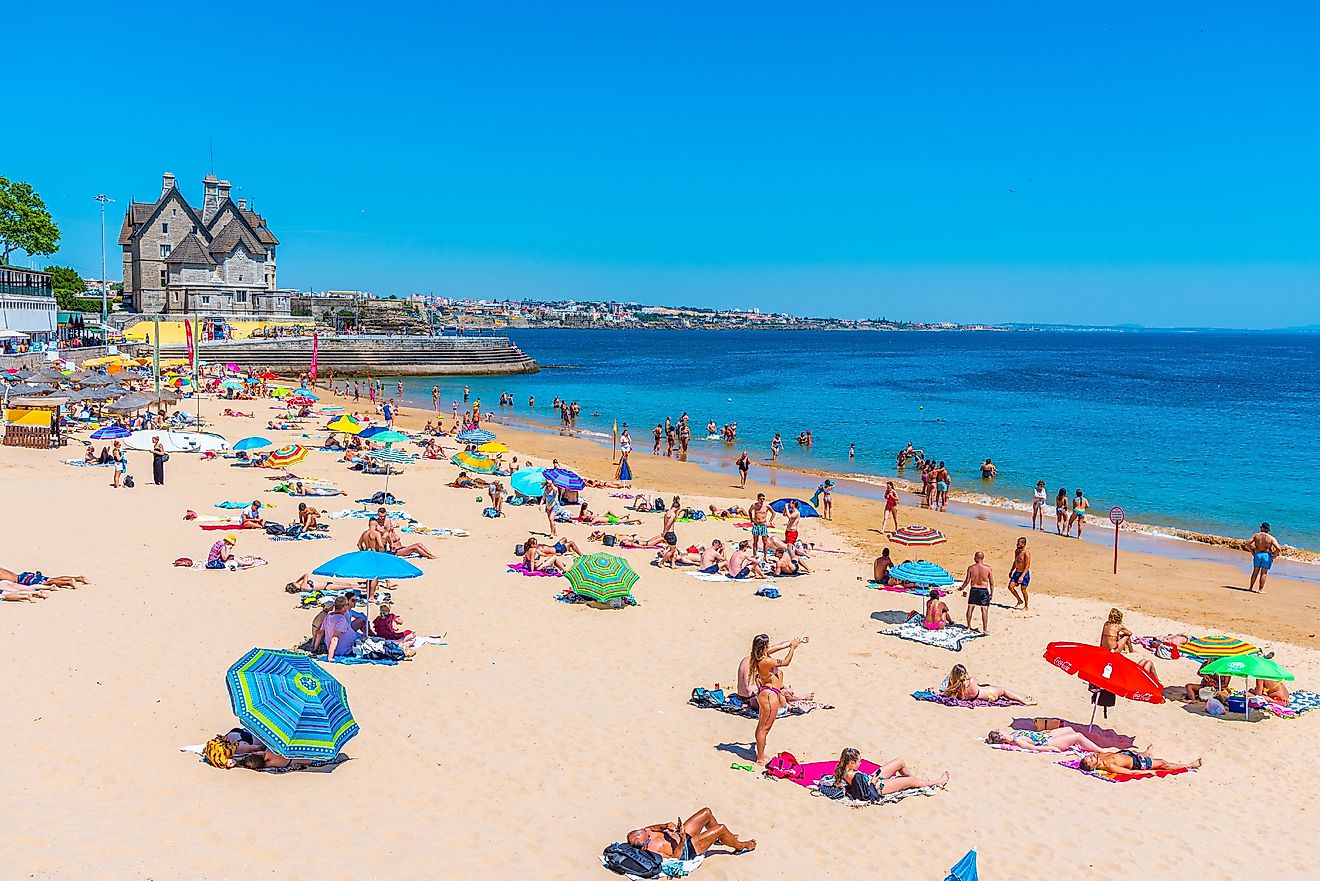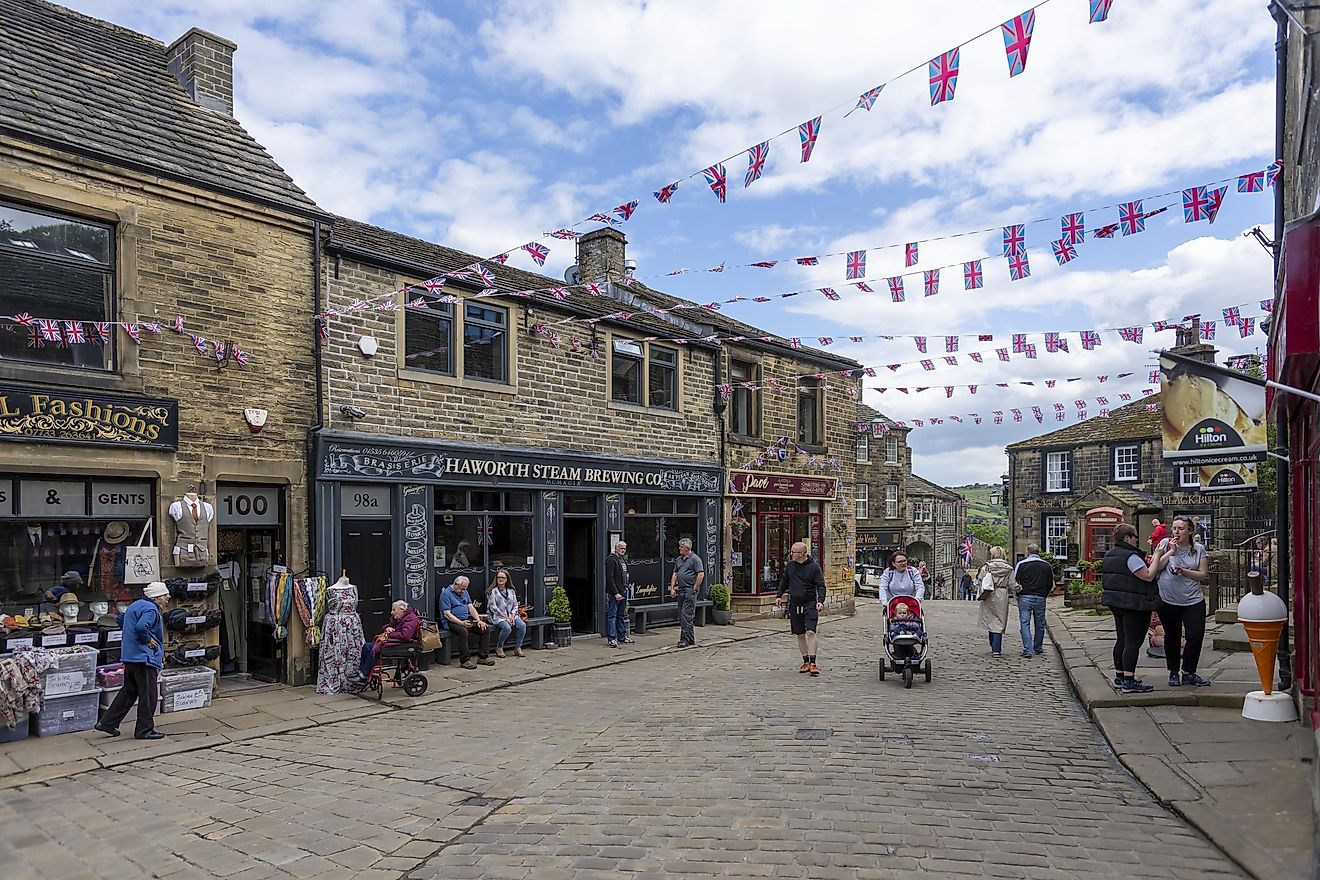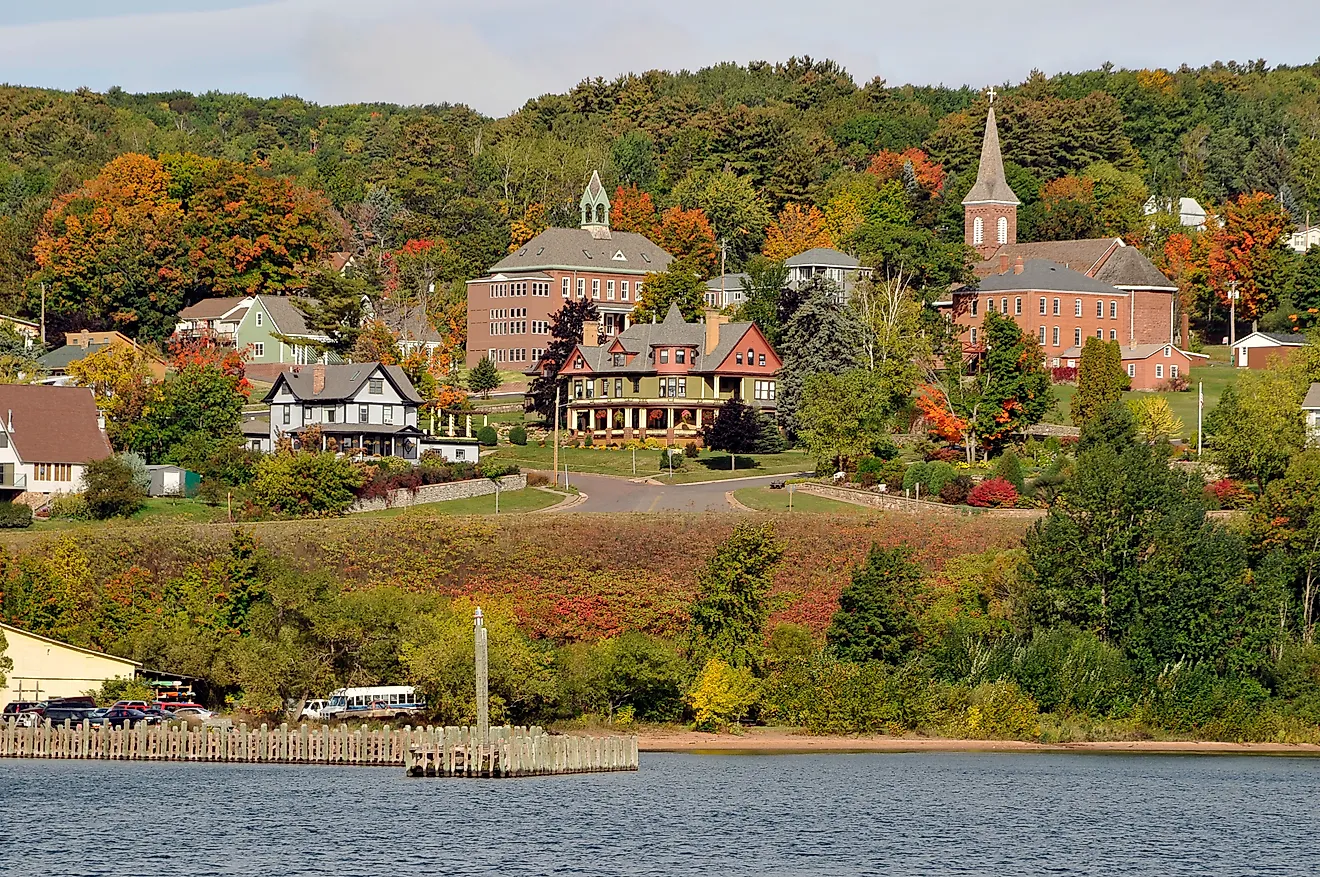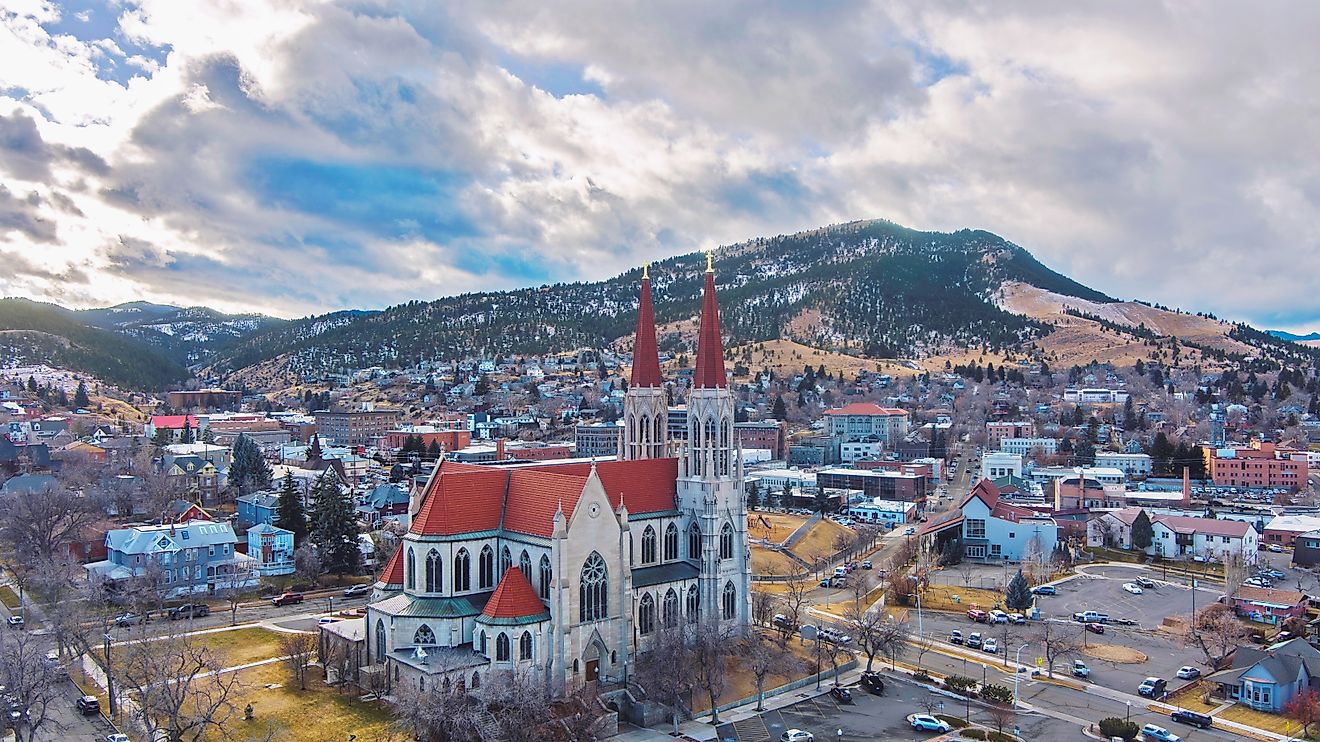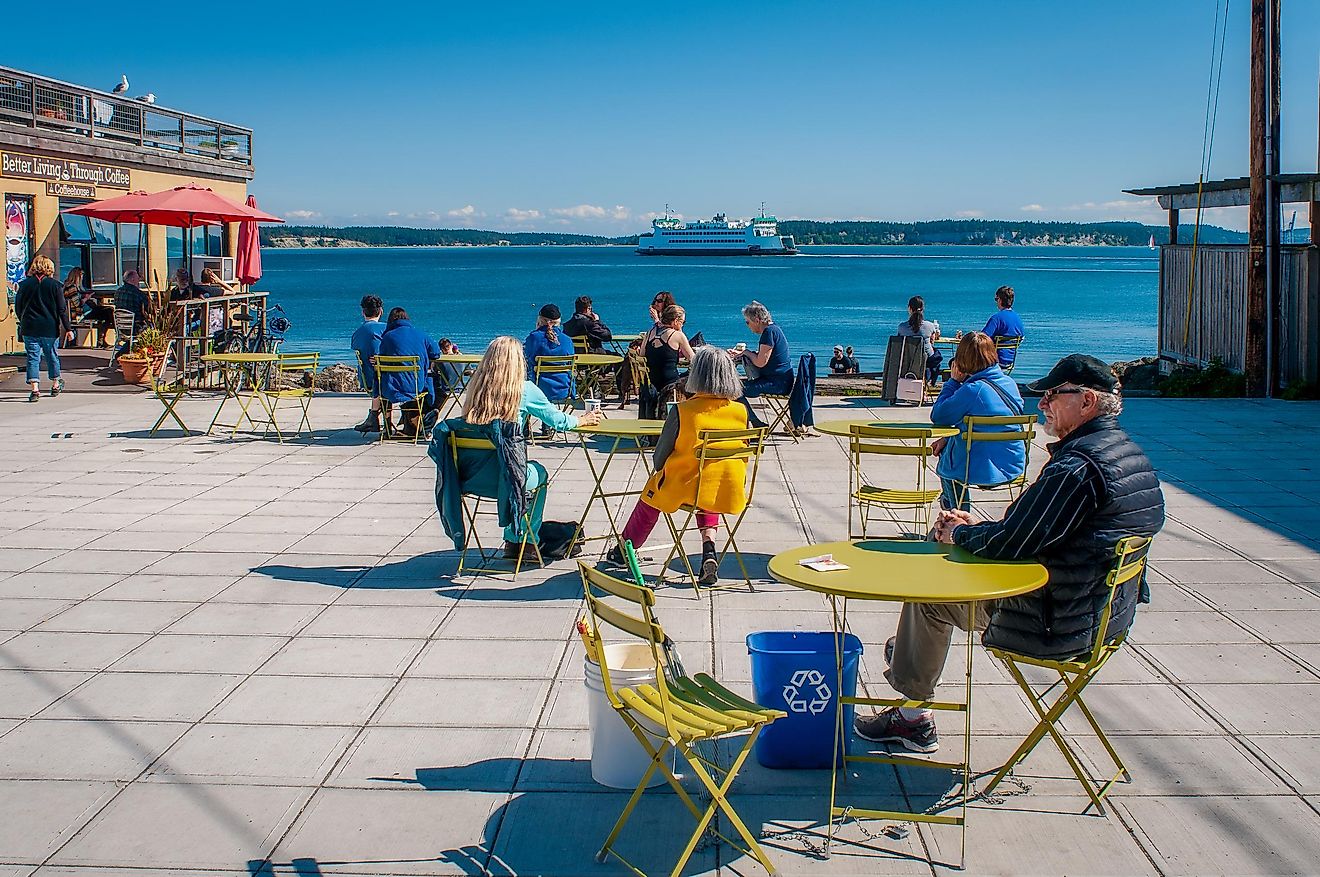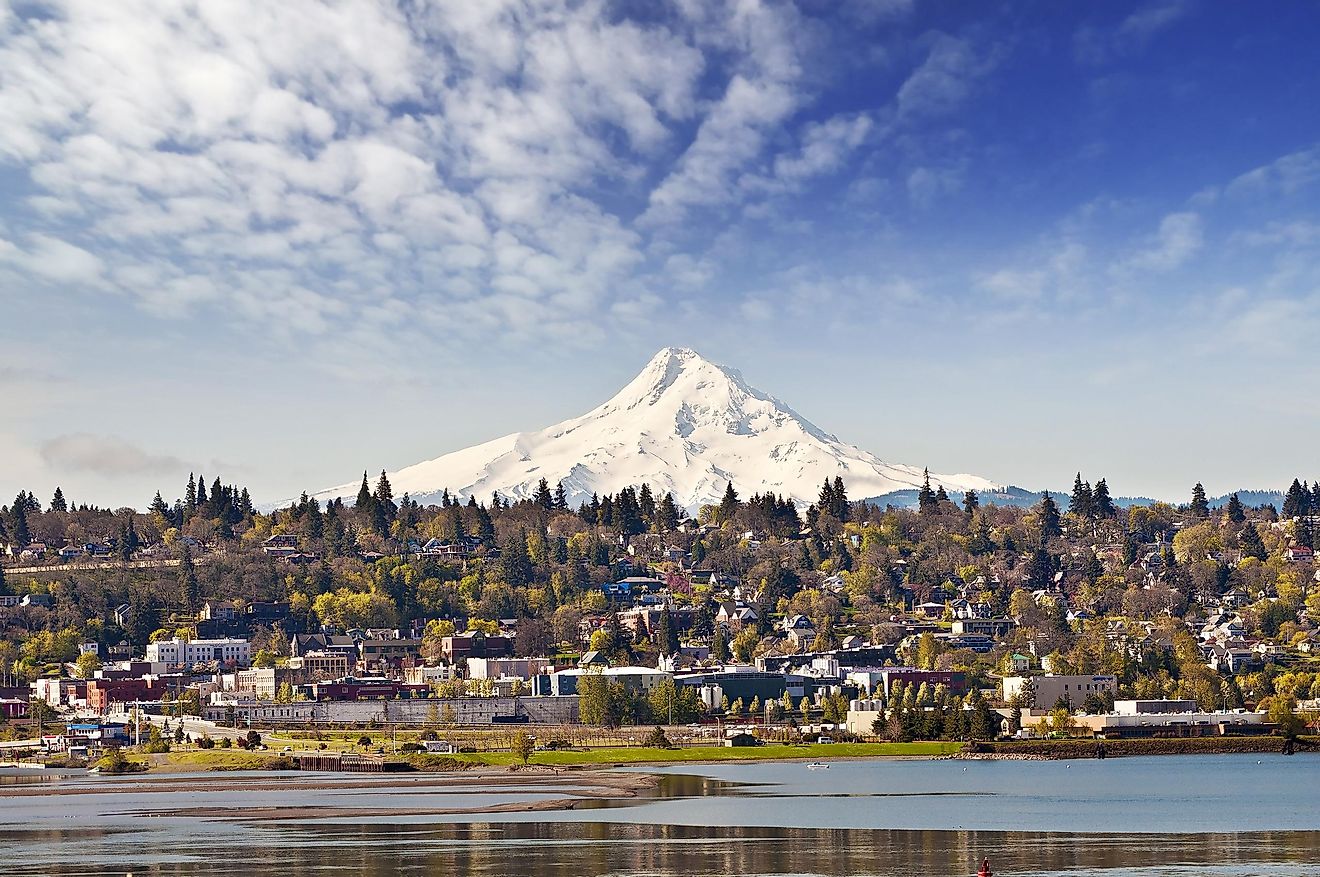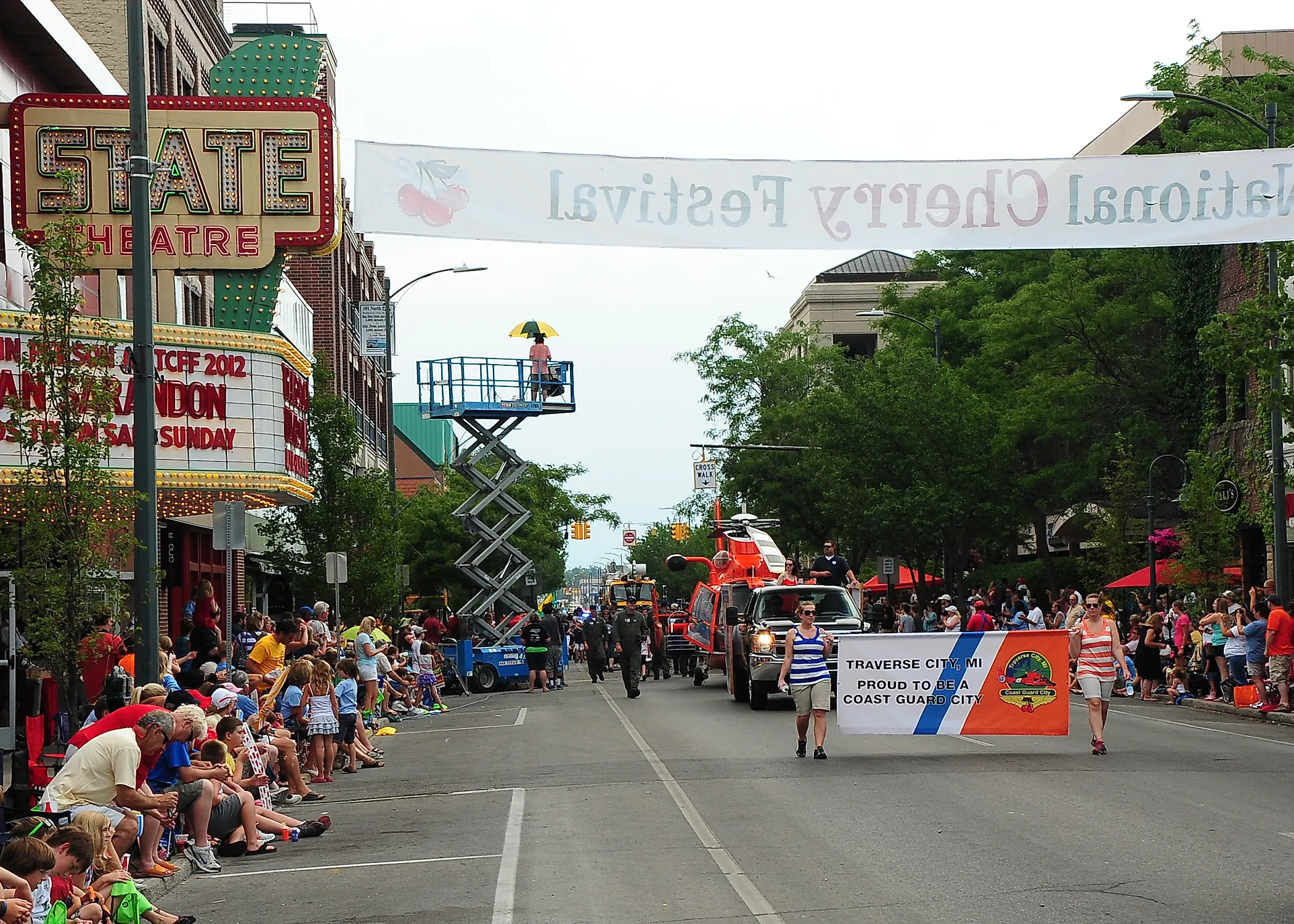
11 Safest Small Communities To Settle In The Great Lakes Region
Retirement dreams are often drawn to coasts, but not all shorelines are equal. Around the Great Lakes, there is a quieter fringe of water towns where sirens are rare, front doors still hang onto actual keys, and the police blotter reads more like a lost-and-found page than a crime log.
In the towns listed below, an evening out might mean a concert in a bluff-top park, a bookshop within sight of a lighthouse, or a café that doubles as a community noticeboard. For anyone weighing not just scenery but stability, these 11 small towns offer an unusual combination in North America: lake views, functioning local economies, and the kind of public-safety numbers that make planning the next decade feel less like a gamble and more like a straightforward move.
Petoskey, Michigan
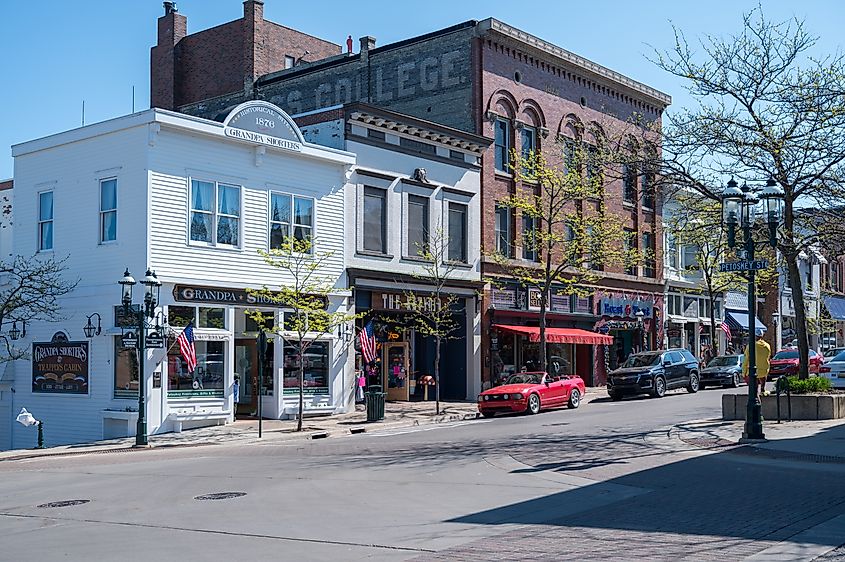
Petoskey sits on the curve of Little Traverse Bay, where Lake Michigan’s pale turquoise shoreline turns vivid blue in summer. It’s known for its rare, coral-fossil stones, Petoskey stones, which wash up after every storm and have made the town a minor geological curiosity. Ernest Hemingway spent his boyhood summers here and mentioned Petoskey by name in his early stories. Its Victorian architecture and compact, elevated downtown offer rare views of both harbor and horizon, making it one of the most photogenic small towns in the Great Lakes region. More than just scenic, Petoskey is statistically one of the safest places of its size in Michigan, with violent crime well below state and national averages for at least the past five years.
Petoskey’s Gaslight District offers walkable access to McLean & Eakin Booksellers, Roast & Toast Café, and the Little Traverse History Museum inside the restored 1892 railroad depot, which holds exhibits on regional resort and rail history. Bear River Valley Recreation Area cuts through the center of town with a whitewater trail that kayakers use spring through fall. Sunset Park overlooks Bayfront Park and the marina, where sailboats line up under pink skies in July. For swimming or rock hunting, Petoskey State Park has sandy access and uninterrupted views of the bay.
Bayfield, Wisconsin
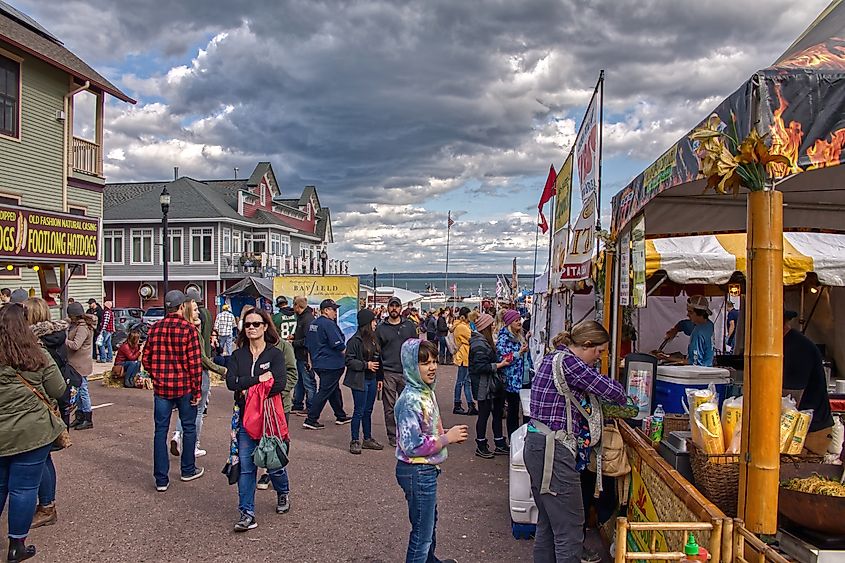
Bayfield is the smallest incorporated city in the state, but its geographic reach is outsized, it’s the gateway to the Apostle Islands, a 21-island chain scattered across Lake Superior. The town’s harbor sits at the foot of steep bluffs and is often shrouded in mist during early summer. Bayfield has no traffic lights and no chain businesses. Its year-round population hovers around 600, but violent crime is virtually nonexistent; over a five-year stretch, the town reported either zero or single-digit violent incidents, with no homicides and no trend toward aggravated assault. Law enforcement reports consistently place Bayfield’s public safety far below both state and national averages.
From the shoreline, the Madeline Island Ferry departs daily, linking to La Pointe and Big Bay State Park. At the top of the hill, the Bayfield Maritime Museum contains Lake Superior shipwreck charts, lighthouse artifacts, and photos of early ice road crossings. Wild Rice Retreat offers design-forward lodging and small-scale wellness events tucked in the woods just outside town.Manypenny Bistro, a family-run restaurant on Manypenny Avenue, serves American and Turkish-influenced dishes, wood-fired pizzas, and house-baked desserts within a short walk of Rittenhouse Avenue. Fall brings a short but dense apple season, Hauser’s Superior View Farm sells heritage varieties from a 1920s barn with lake views.
Port Washington, Wisconsin
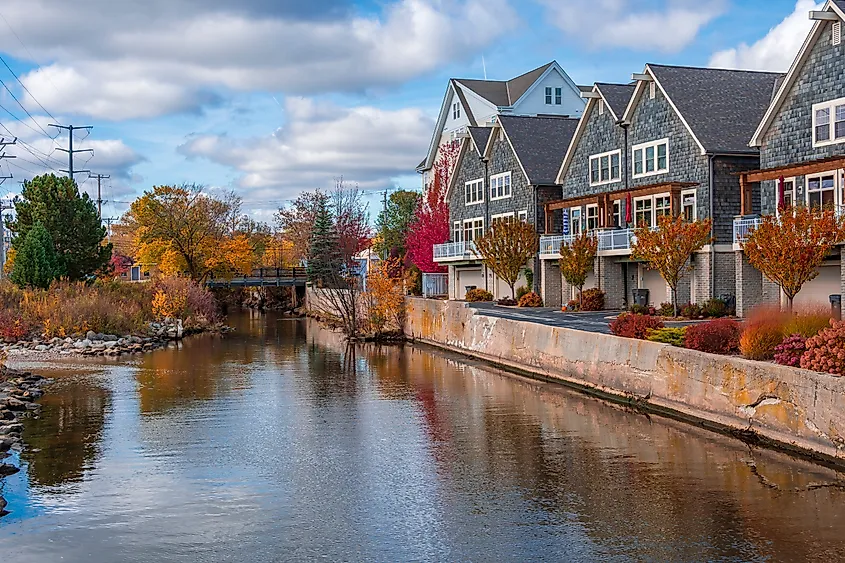
Port Washington is built around one of the deepest natural harbors on Lake Michigan, originally dug by hand in the 1800s and still protected by a long breakwater that leads to the North Pierhead Light. Its downtown climbs a steep bluff that once carried cargo up to the old Wisconsin Chair Factory, now demolished but still remembered in museum displays. The town’s population of just over 12,000 has remained steady for decades, and its violent crime rate consistently ranks below 40 per 100,000, more than 85% lower than the U.S. average. Over the past five years, aggravated assault has been rare, and homicides non-existent.
Coal Dock Park sits on a former coal shipping pier that’s now home to migratory birds and wide lake views. Just off the waterfront, the Port Exploreum, run by the Port Washington Historical Society, offers interactive exhibits on Great Lakes shipwrecks and local maritime history a short walk from the marina. On the bluff above downtown, the 1860 Light Station Museum preserves the original keeper’s quarters and lantern tower, with exhibits interpreting Port Washington’s lighthouse and maritime history. The Ozaukee Interurban Trail cuts directly through town, offering access to nearby Belgium and Cedarburg by bike. Fish Day, held each July, brings lake perch vendors, tugboat tours, and a shoreline parade, all within view of the harbor’s original 1860s-era limestone breakwalls.
Cedarburg, Wisconsin
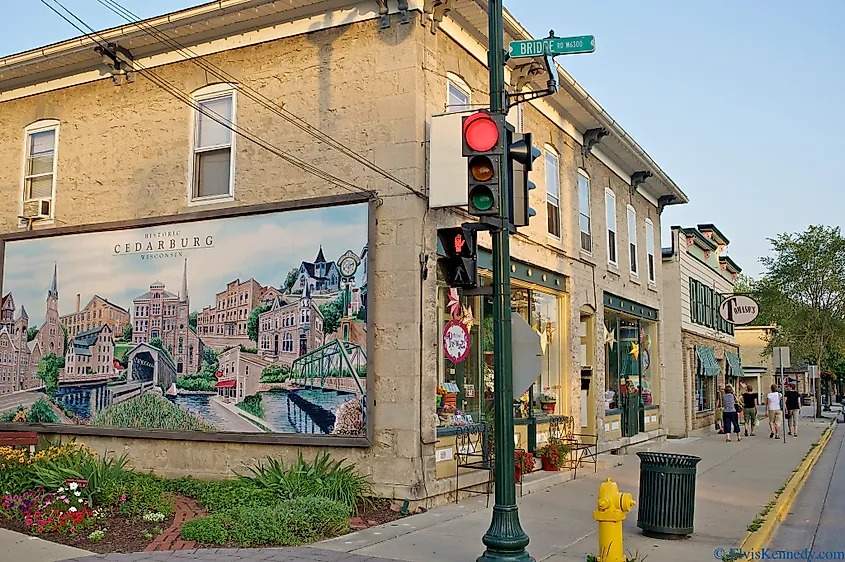
Cedarburg developed around a mill built in 1842 on Cedar Creek, which still flows through the center of town. Most of its 19th-century stone buildings remain intact and now house small businesses, studios, and preserved civic structures. The city has resisted modern sprawl by preserving its original street grid and historical zoning. Over the past five years, Cedarburg’s violent crime rate has remained under 50 per 100,000, placing it in the lowest tier nationally for towns of its size. Aggravated assaults are uncommon, and there have been no homicides reported in that span.
The Cedar Creek Settlement is a cluster of galleries, shops, and a working winery inside a restored 1860s woolen mill. The Cedarburg Art Museum, located in a former home on Washington Avenue, maintains a permanent collection of Wisconsin artists and hosts seasonal sculpture shows in its garden. At Anvil Pub & Grille, housed in a former blacksmith shop, lunch is served beneath exposed beams with views of the creek. The Interurban Trail runs just east of downtown, crossing the old railroad right-of-way and linking Cedarburg to Port Washington and Mequon. Summer visitors swim and paddle at Cedar Creek Park, just below the dam and within walking distance of the city library.
Two Harbors, Minnesota

Two Harbors operates as the last working ore port on the North Shore, where 1,000-foot iron carriers still dock just offshore. The harbor includes the longest operating ore docks on Lake Superior, and the tracks running into town still serve active freight. While Duluth lies just 30 minutes south, Two Harbors maintains a population under 4,000 and has posted a five-year violent crime rate consistently under 85 per 100,000, well below both state and national levels. Incidents of aggravated assault are rare, and no homicides have been reported in over a decade.
The Lake County Historical Society maintains the 1907 Two Harbors Depot, where freight maps, immigrant registries, and rail exhibits are displayed. The town's working waterfront includes Agate Bay Beach, a pebbled shoreline next to the historic tugboat Edna G, open for tours in summer. Cedar Coffee Company serves espresso in a cedar-sided building tucked into forest behind the depot. Lighthouse Point Trail loops from the harbor to the 1892 Two Harbors Light Station, now a small museum. Betty’s Pies, just north on Highway 61, began as a stand for loggers and truckers in the 1950s and still sells wild blueberry pies made with fruit from nearby Finland, Minnesota.
Grand Marais, Minnesota
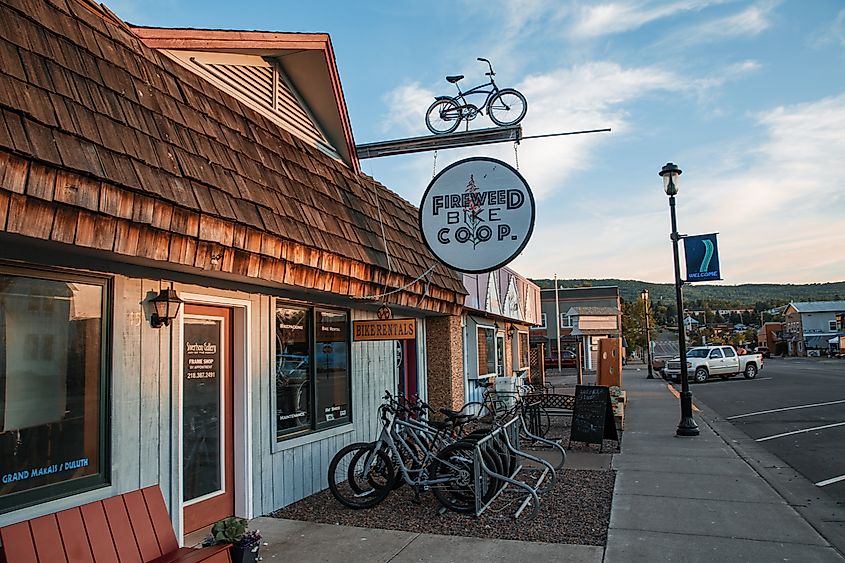
Grand Marais sits at the foot of the Sawtooth Mountains where they meet Lake Superior, forming a natural harbor once used by Ojibwe traders and later by commercial fishers. The harbor’s eastern edge, known as Artist’s Point, is formed by lava flows that cooled into rugged black basalt. Grand Marais has been home to North House Folk School since 1997, a center for heritage craft revival that attracts artisans from across the region. Despite its remoteness, the town maintains a population of around 1,300 and has sustained violent crime rates significantly below state and national averages for over a decade. Aggravated assaults are sporadic and low in number, while homicides remain absent from public safety records.
Java Moose Coffee, located across from the harbor breakwall, opens year-round with lake-facing seating. The Cook County History Museum, housed in the 1896 Lighthouse Keeper’s residence, holds records from early logging camps and shipping lanes. Sven & Ole’s Pizza operates in the heart of downtown and has served seasonal workers, artists, and tourists since the 1980s. Pincushion Mountain Trail System begins just outside town and offers maintained Nordic and hiking trails overlooking the Grand Marais harbor and the inland expanse of the Superior National Forest.
Houghton, Michigan

Houghton is the former headquarters of the once-dominant Calumet and Hecla Mining Company, whose copper shipments helped wire the U.S. for electricity in the early 20th century. The town rises steeply from the south shore of Portage Lake and remains a logistics hub for the Keweenaw Peninsula. Michigan Technological University anchors the downtown and drives much of the local economy. Despite its status as a college town, Houghton’s violent crime rate has remained below 40 per 100,000 over the past five years, with no homicides and very few aggravated assaults reported, a pattern that places it among the safest municipalities of its size in the Upper Midwest.
The A.E. Seaman Mineral Museum, located on Michigan Tech’s campus, holds one of the largest public mineral collections in North America, including copper specimens extracted from the nearby Quincy Mine. The mine itself operates as a historical park with guided tours into underground shafts. Keweenaw Brewing Company’s taproom on Shelden Avenue now draws students, researchers, and local residents into a casual gathering spot a short walk from the lift bridge. Along the Portage Waterfront Trail, walkers and cyclists follow the canal past the Dee Stadium and lakeshore docks. In winter, Mont Ripley Ski Area opens across the bridge with 24 trails facing the Houghton skyline.
Marquette, Michigan
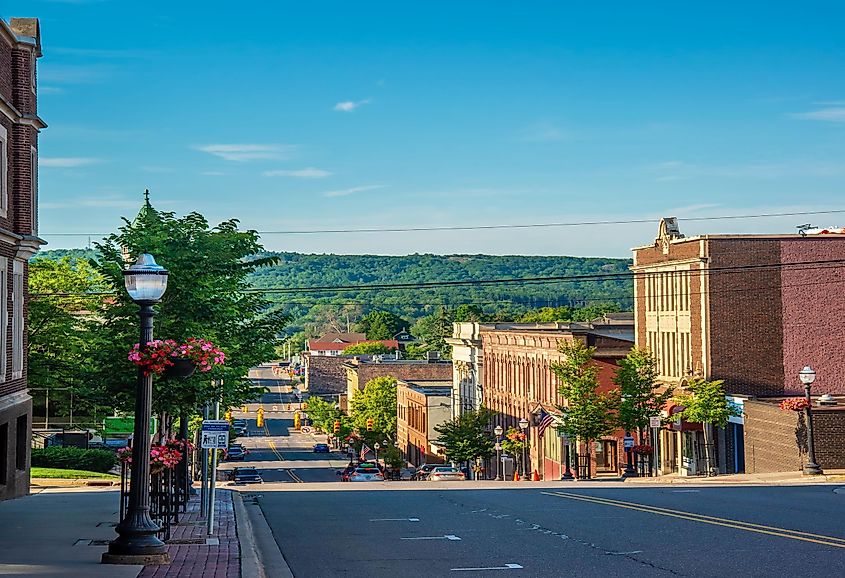
Marquette operates as the largest city in the Upper Peninsula but remains under 21,000 residents. It sits at the intersection of the Marquette Iron Range and Lake Superior, with ore docks extending hundreds of feet into the bay. The city was once home to the first iron ore mine in Michigan, opened in 1844. Northern Michigan University anchors its western edge. Despite its relative size and industrial heritage, Marquette has kept its violent crime rate under 200 per 100,000 for several consecutive years, with homicides absent and aggravated assaults limited to isolated cases, far below both state and national levels.
Presque Isle Park, designed with input from Frederick Law Olmsted, forms a 300-acre peninsula on the city’s north end, with roads and trails looping around Lake Superior cliffs. Blackrocks Brewery, located in a converted house on Third Street, produces small-batch ales and offers live music on weekends. The Marquette Maritime Museum, near the breakwater, maintains exhibits on shipwrecks and houses access to the Harbor Lighthouse. The Iron Ore Heritage Trail begins near the lakefront and stretches 47 miles inland, connecting former mining settlements through interpretive signage and cut stone paths. Snow covers the town for nearly half the year, but crime rates remain consistently low across all seasons.
Traverse City, Michigan

Traverse City marks the end of Grand Traverse Bay’s two arms and sits between vineyard-covered peninsulas that push into Lake Michigan. It’s recognized as the largest tart cherry producer in the U.S., with harvest peaking during the National Cherry Festival each July. The city’s population remains under 17,000, and over the past five years its violent crime rate has hovered around 280 per 100,000, well below the Michigan state average. Aggravated assaults account for most incidents, but occur at rates significantly under other cities of similar size, while homicides remain rare.
The Dennos Museum Center at Northwestern Michigan College maintains a permanent Inuit art collection and schedules rotating regional exhibits. Clinch Park, located directly on West Bay, provides access to the beach, splash pad, and marina within walking distance of downtown. On the Old Mission Peninsula, Brys Estate Vineyard & Winery operates tastings in a converted farmhouse overlooking the lake. Inside the Village at Grand Traverse Commons, a former state asylum complex, Trattoria Stella serves Northern Italian dishes in the building’s original chapel. Former patient wards now house bookshops, cafés, and offices along long tiled corridors. The Boardman Lake Trail connects to the larger TART Trail network, forming a continuous path through the city’s southern edge.
Vermilion, Ohio
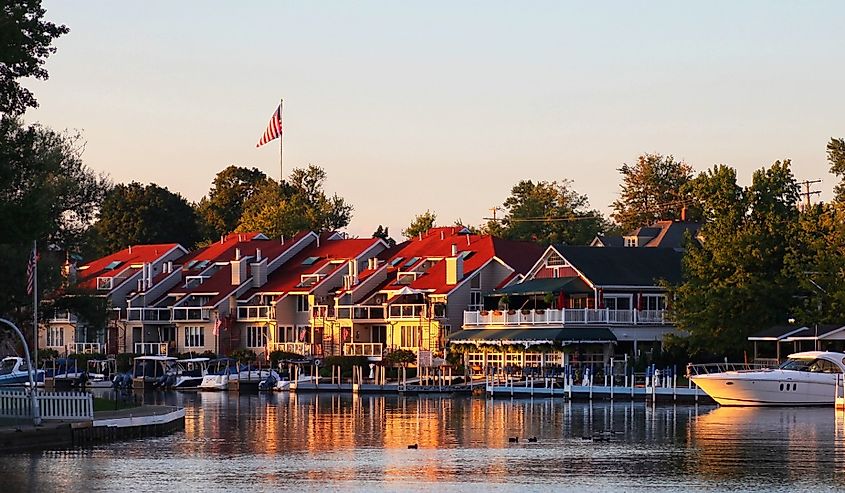
Vermilion stands at the mouth of the Vermilion River on Lake Erie’s southern shore, with a natural harbor that once supported a thriving fishing fleet and shipbuilding trade. The Inland Seas Maritime Museum once occupied the Wakefield Mansion at the river mouth before its collection moved to Toledo; today the mansion site has been cleared as part of the Main Street Beach lakefront expansion, with the Vermilion Lighthouse and new overlook structures anchoring the shoreline. Vermilion’s population remains under 11,000, and over the past five years its violent crime rate has stayed below 50 per 100,000, more than 85% lower than both Ohio and national averages. Homicides are absent from local records, and aggravated assaults occur infrequently and without pattern.
Main Street Beach sits beside the Vermilion Lighthouse and offers a clear view across the lake to Canada on calm days. Chez François, located in a restored lakeside inn, serves French cuisine with lake trout and Ohio wine pairings during its seasonal run. Ritter Public Library operates from a two-story glass structure in the center of downtown, hosting archives from the town’s shipping history. Brummer’s Chocolates, open since 1904, sells hand-dipped sweets from a marble counter facing Liberty Avenue. The town hosts Festival of the Fish each June, with fire trucks sprayed over the lakefront, live perch fryers, and boat parades passing the river’s old shipyard cranes.
Lewiston, New York
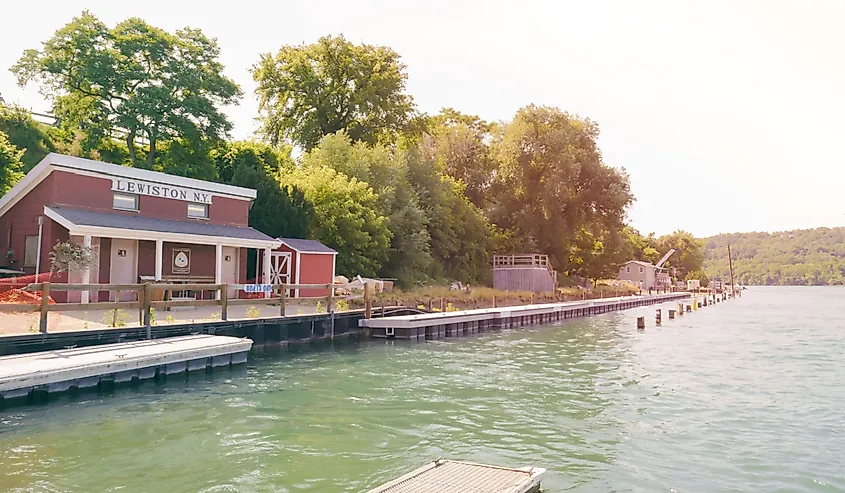
Lewiston sits on the edge of the Niagara Escarpment, where glacial cliffs drop into the Niagara River just before it spills into Lake Ontario. The village was once a key stop on the Underground Railroad and now maintains its original 19th-century grid of stone and brick buildings. Artpark, a 150-acre complex carved into the bluff, was built on the former site of a War of 1812 battleground and now hosts national touring acts in a riverside amphitheater. With a population under 3,000, Lewiston’s violent crime rate has remained below 85 per 100,000 for the past several years, less than a third of the statewide average. Homicides are absent from public records, and incidents of aggravated assault are infrequent and low in number.
Orange Cat Coffee, near Center and North Fourth Street, serves espresso and house-baked scones inside a renovated carriage house. The Lewiston Museum, operated by the Historical Association of Lewiston, preserves military ledgers and settler records from 1812 to the present. Waterfront views extend from Academy Park to the Niagara Scenic Parkway trail, with walkable access to the river’s edge. The Silo Restaurant occupies a decommissioned coal dock building and opens seasonally with rooftop seating above passing freighters and tour boats heading upriver toward the falls.
Taken together, these 11 towns sketch a different kind of retirement map: one anchored not by gated complexes, but by police reports that stay thin, winter calendars that stay full, and shorelines that never feel overcrowded. Whether the draw is a harbor bookstore, a pie shop on a truck route, or a lecture hall above a frozen canal, the Great Lakes’ safety belt leaves room for a quieter second act.


